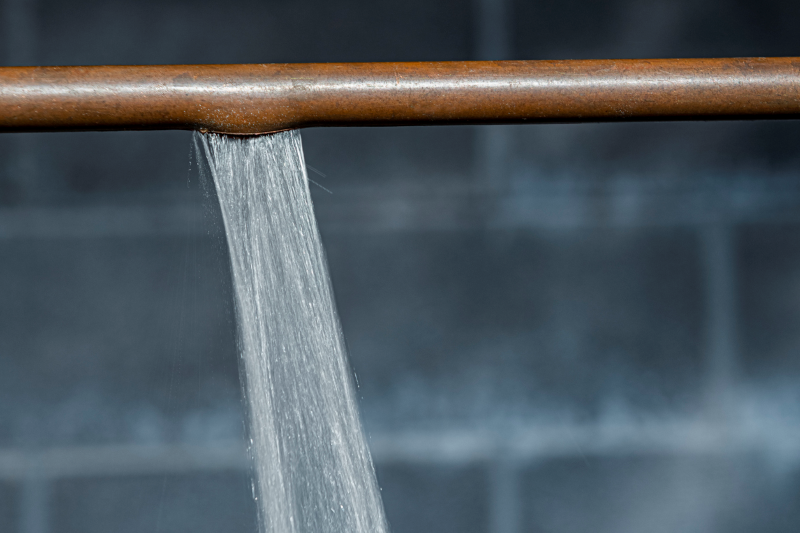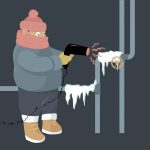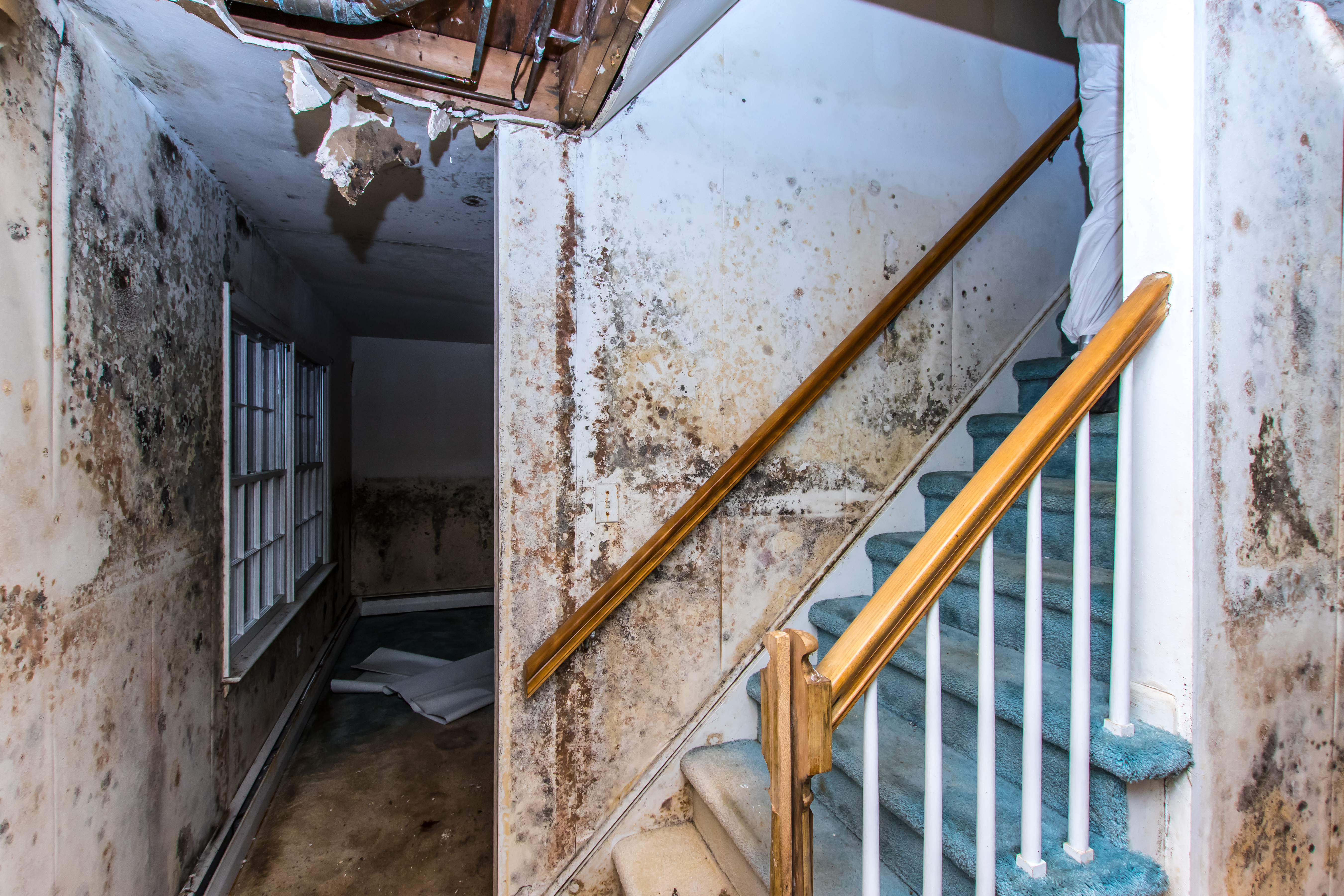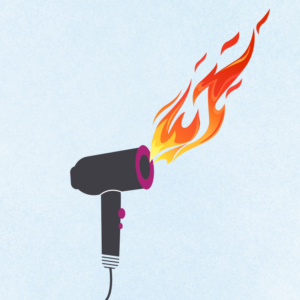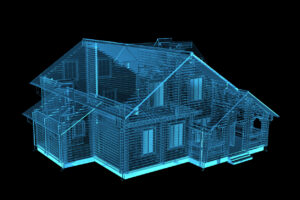According to the Insurance Information Institute, “water damage and freezing” claims, including frozen pipe incidents, account for nearly 28% of all homeowner insurance claims in the US annually, the second highest cause of loss. While frozen pipe incidents are widespread, they can stem from numerous factors and require an expert to analyze the specific situation.
At CED Technologies, our experts have extensive experience analyzing cases involving frozen pipe explosions. When a pipe is left undrained and unused for an extended period in temperatures at or below 32°F, the water inside can freeze, expand, and place enormous pressure on the pipe walls.
Ice is created when bonds are formed that lock molecules into place. While ice is less dense than water, it is larger in volume. When water freezes and expands within pipes, pressure is created and often results in a lateral pipe burst, releasing thousands of gallons of water and causing significant property damage.
Our team at CED Technologies conducts in-depth investigations to identify the root cause of these failures and provide strategies to prevent future occurrences.
Our analysis Can Include:
The Environment and Temperature of the Event
- External Weather: Our experts review the outside temperature records to determine if conditions reached freezing or below at the time of failure.
- Building Climate Control: Our experts examine the heating systems, thermostat settings, and whether the indoor temperatures were maintained around the time of the burst.
- Building Airflow & Insulation: Drafts, air leaks, or poor insulation can expose pipes to extreme cold, even if other parts of the building are properly heated. Extreme cold in some areas of the building can lead to the pipes pressurizing and cracking in warmer areas of the building.
- External Weather: Our experts review the outside temperature records to determine if conditions reached freezing or below at the time of failure.
Pipe Materials
- Material Properties of the Pipes: There are several common materials used to make pipes, including copper, PVC, CPVC, PEX, and cast iron, that have varying resistance to freezing and expansion. Copper pipes are commonly found in houses built before the 2000s and are the most at risk of ruptures when frozen. Materials such as PEX, PVC, and CPVC will freeze but can endure higher pressures and do not always burst.
- Wall Materials: When the pipe explodes, water can leak through wall materials such as drywall, wood, and insulation. Our experts also identify any existing cracks and crevices present to analyze if water has penetrated deeper into the building structure.
- Material Properties of the Pipes: There are several common materials used to make pipes, including copper, PVC, CPVC, PEX, and cast iron, that have varying resistance to freezing and expansion. Copper pipes are commonly found in houses built before the 2000s and are the most at risk of ruptures when frozen. Materials such as PEX, PVC, and CPVC will freeze but can endure higher pressures and do not always burst.
Water Flow and Pressure Examination
Our experts check for signs of cracking within the subject pipe fittings and pipe, in particular longitudinal cracks, which can indicate pressurization due to internal ice pressure buildup.
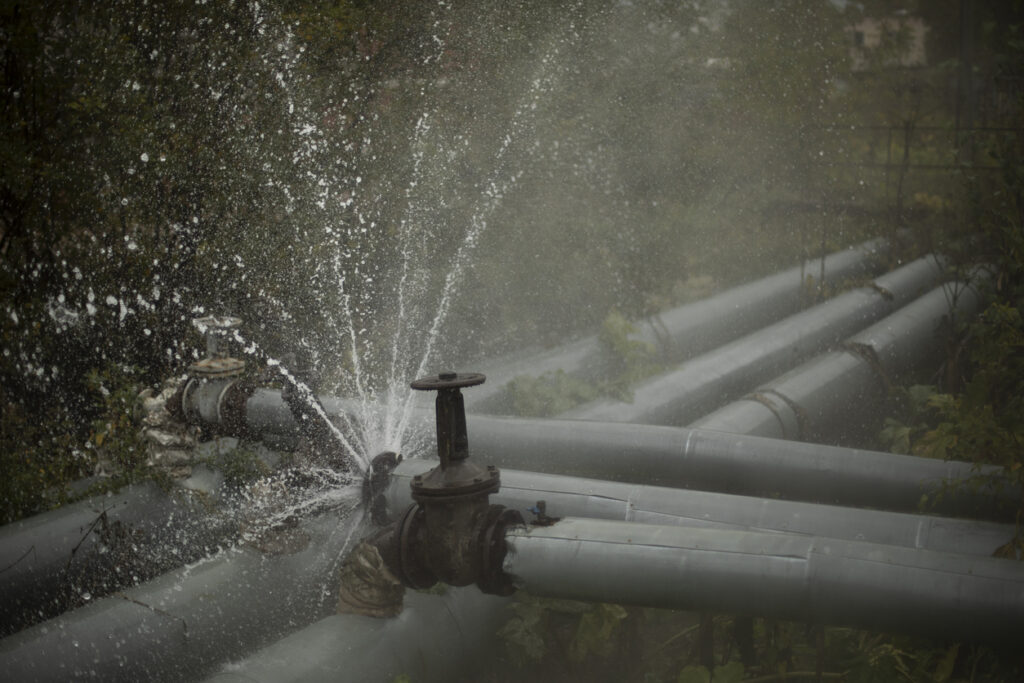
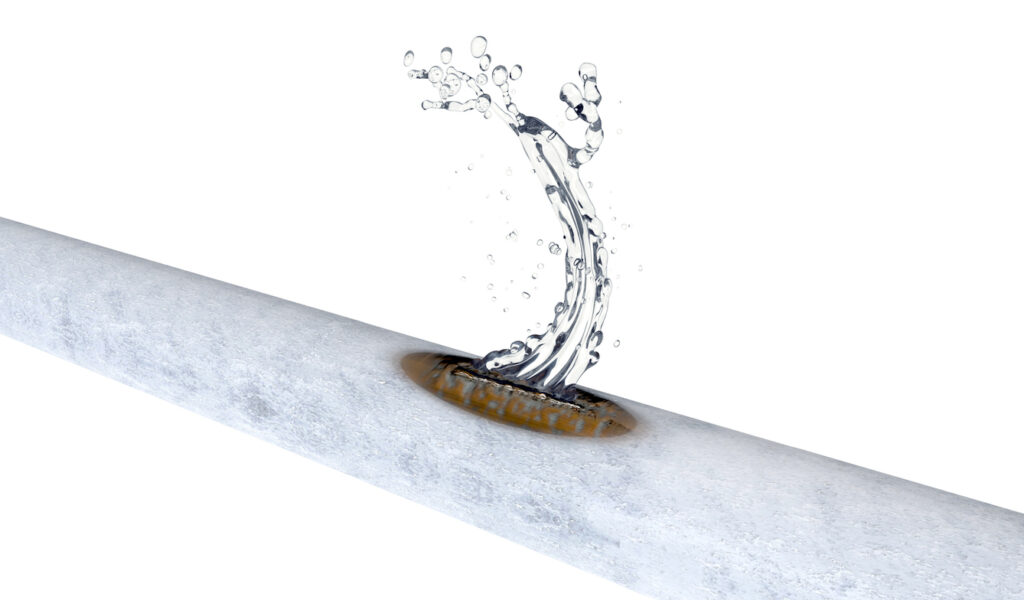
Based on the type of materials used and the type of crack, our experts can determine if the product is defective or if the product was installed incorrectly. Our experts also analyze if the pipe was previously damaged in the process of another repair, which can increase the likelihood of a burst.
The malfunction of shutoff valves and drainage systems if the building is vacant and unheated for a longer period can also increase the risk of a pipe burst.
Contact Us Today!
At CED Technologies, our team of expert engineers can analyze all evidence present and determine the causes of the frozen pipe explosion. By understanding all factors present, our engineers can create a comprehensive report determining the causes of the event and provide solutions to prevent future pipe bursts. Contact us today!
